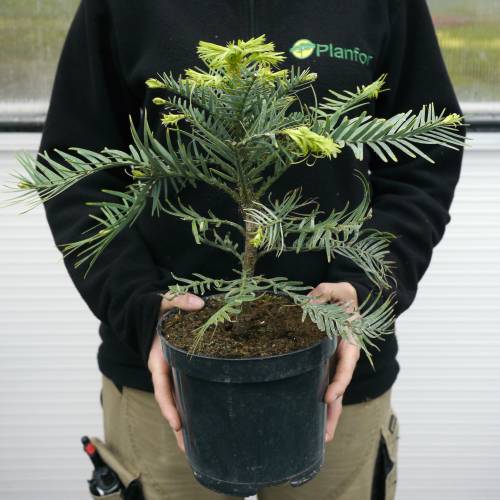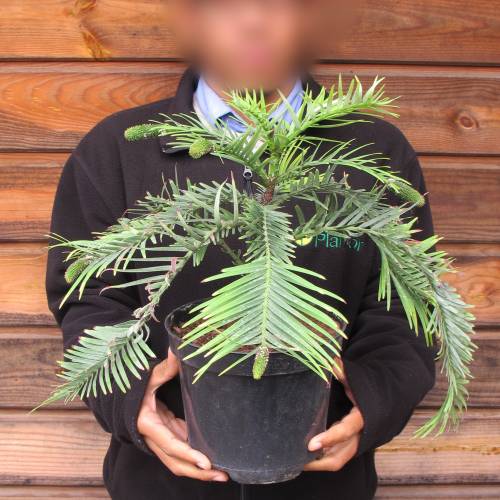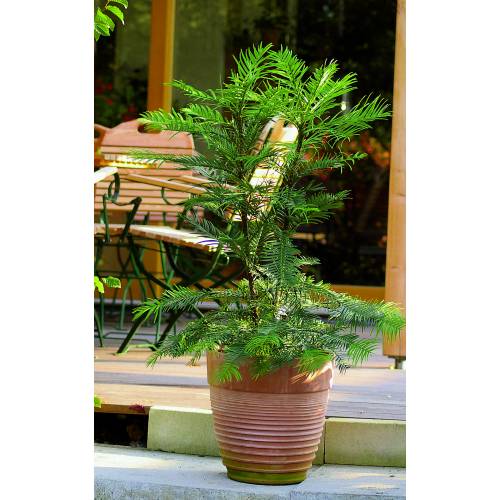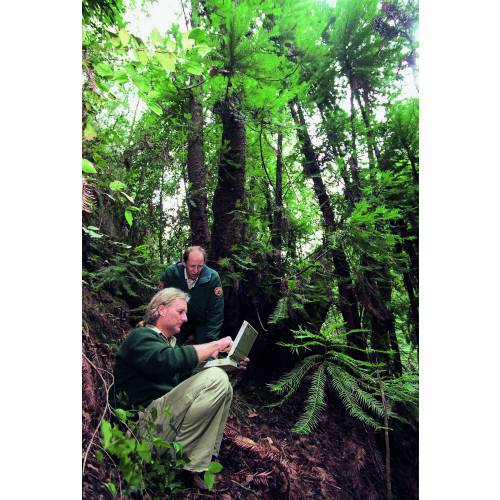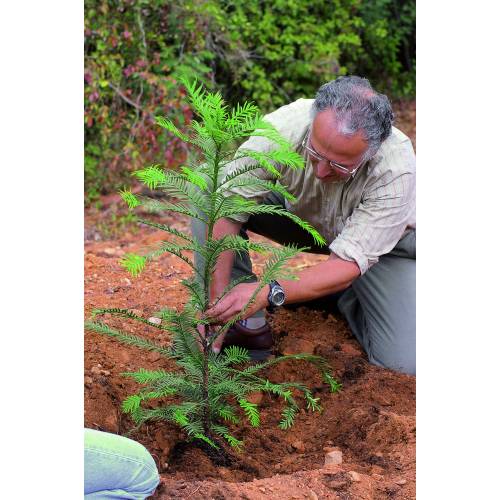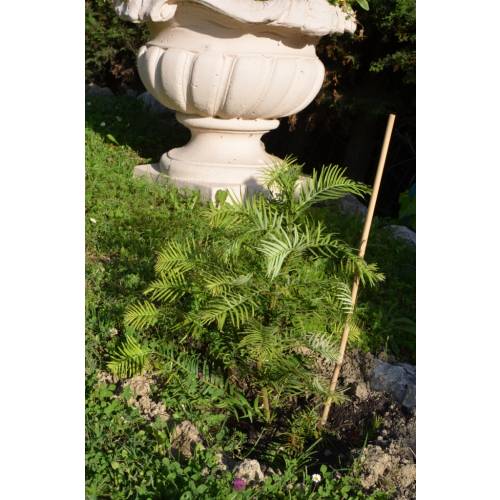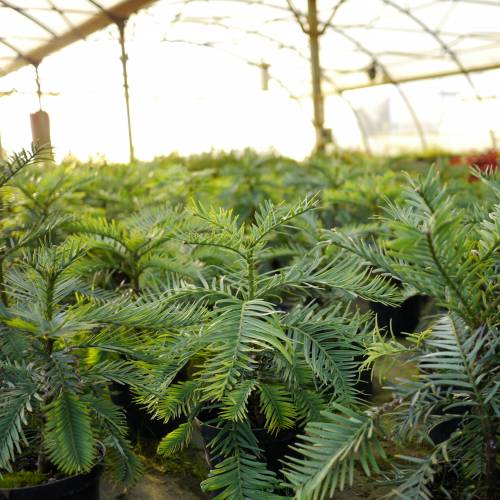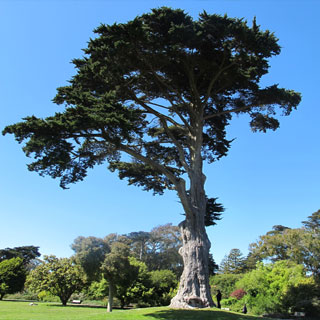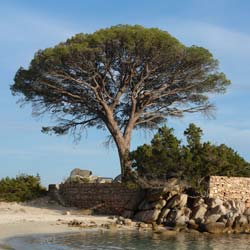
Plants
Pine, Wollemi / Wollemia nobilis Jones
-
129.48 € Wollemi pine - Wollemia nobilis Jones
9983L - No production in 2025
-
Area of origin: Discovered in 1994 by David Noble, game keeper in a secret valley approximately 200 km (124miles) to the west of Sydney (Australia), at the heart of the National Park Wollemi. This park is in the region of the Blue Mountains.
Adult Dimension: From 35 (38,3yds) to 40m (43,7yds) in height.
Foliage: Evergreen, clear green.
- From the bottom of the tree: long straight leaves, flexible and curving, in 2 rows.
- In peak: The leaves are like fronds of a fern or palm and the trunk when mature looks blistered.
Soil Type: Rich in humus. Prefers an acidic soil – below 6 pH.
Hardiness: Tolerant to -12°C.
Exposure: Grows well in semi shade.
Care: This plant responds well to cutting allowing its size and shape to be kept under control.
Oldest known record: Approximately 90 million years.
Protection of the species: A licence for the sale of the Wollemi Pine is used to safeguard this plant as well as other rare and threatened species of plants.
Utilisation: Looks fantastic on the terrace or inside the house. Excellent in a park or large garden planted alone, tolerant to most average climates in winter.
History:
When Australian gamekeeper, David Noble, took, in 1994, a trip into the isolated territories of the National Wollemi Park in New South Wales he discovered in a gorge a species of tree that he didn’t know. The leaves were dark green and resembled a fern. The bark looked just like bubbling chocolate. David took with him one offshoot and decided to identify it in Sydney.
Upon his return to the city he sought the assistance of the Flora experts of the National park of new South Wales and the Royal Botanic gardens of Sydney. At first it was though that the branch was a fern until they had heard that David had seen a tree more than 40m in height.
After visits to the discovery site it was concluded that it was a new species. It was named the Wollemi Pine because of where it was discovered. It is grouped within the family Araucariceae.
As it wasn’t found until after the discovery of its fossils it is often known as the "living fossil". It apparently appeared 90 million years ago and disappeared approximately 2 million years ago.
As a result since its rediscovery more than 10 years ago this plant has been the subject of intensive research. It seems that it existed in Gondwana land, the ancient continent of the southern hemisphere.
Today less than 100 examples have been found growing naturally. A programme to safeguard this threatened species has been put in place.
This includes protection of the locations and other legal protective measures, as well as the cultivation which is a key element.
One Wollemi Pine in each garden and park throughout the world would reduce the risk to the natural population in avoiding illegal visits to the discovery site.
On 23rd October 2005, at an auction, the first examples of the Wollemi Pine were offered to plant enthusiasts. The English Auctioneers Sotheby's organised the sale of 300 plants and achieved record sales, the total amount was more than a million Australian dollars greater than expected.
After the sale part of the proceeds were used to conserve the natural supply of the Wollemi pines. Another part of funds received in France were used to protect the species in France. -
02/06/2015 I received my Wollemi Pine last week from Planfor. It was delivered to the UK in super-fast time. The plant is a fantastic specimen and was in perfect health when it arrived. These guys and girls provide a great service. Thank you Planfor.

